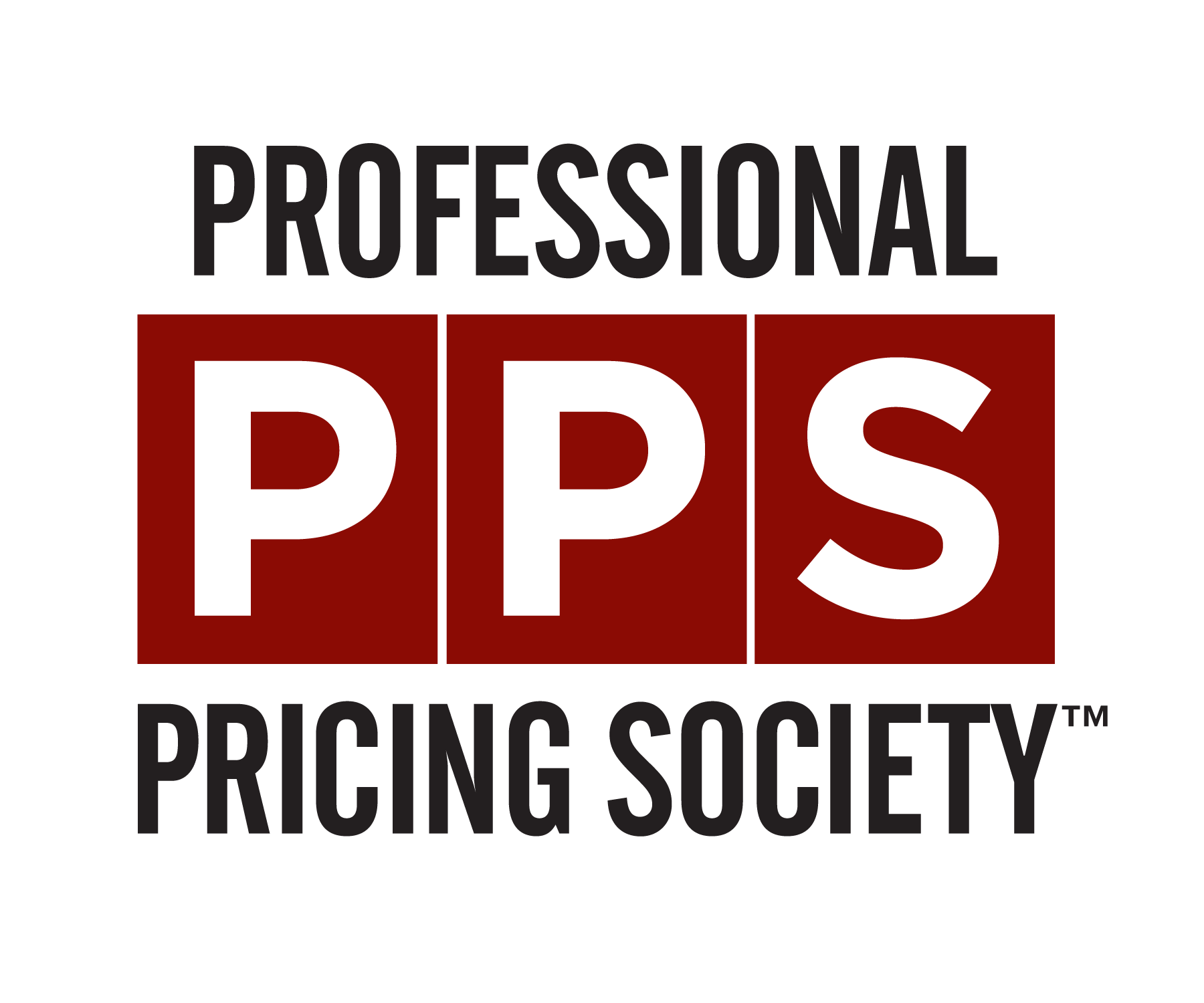Vacation Rental Pricing
- Meagan Ford
- Aug 17, 2018
- 4 min read
The growth of vacation rental properties has seen record popularity in the last decade. Pricing expert from Simon Kucher & Partners and #PPSDALLAS18 Pricing Workshop leader Dylan Vest shares insight for property owners in this guest blog post about the vacation industry's intersection with pricing strategies. In recent years, sites like VRBO and Airbnb have made it easier than ever before to connect property owners and investors to aspiring vacationers. Unfortunately, the same tools are creating a glut in the market for short-term rentals as anyone with an extra bedroom is taking a shot at this seemingly easy “side-hustle”. If you’re serious about building a profitable rental business, there are a few pricing considerations throughout the three major phases of the transaction that might just help fund your own vacation.
Preparing your listing
Before your listing goes “live” you need to answer two major questions that will inform your basic price structure:
What value are you providing and what is your objective?
The base rate of the rental will ultimately be determined by what value you’re delivering. It’s not just about having a newly renovated IKEA kitchen or an ocean-front view. Do you have a fenced in yard that would save someone the cost of boarding their dog? Are you close to the airport, which might save a prospective tenant an hour (and Uber fares) on each leg of their trip? Consider these elements when developing a base rate and don’t just price based on comparable rentals in the area. The minimum rental period is a great way to boost revenue without raising the price, but it will also be guided by your overall objective. If maximizing revenue is your objective, then keep the minimum stay length at one day; if you’re willing to sacrifice some occupancy for less turnover-related work, consider extending it to three to five days.
Increasing the minimum booking length can improve overall profitability.
Going "LIVE"
Once a base rate is established, two major factors will serve as inputs to the final customer price: demand, about which I’ll discuss a combined approach, as well as services-related fees. Seasonal demand will be a major price driver for almost every vacation rental out there. Most people vacation in the summer, so in many situations it will make sense to price May-September at a higher multiple of your base rate, but this isn’t always the case. Consider the average Appalachian Mountain cabin, for which demand peaks with the fall foliage color. Local events can have an acute effect on demand for specific days on the calendar and should be priced accordingly. Step one is identifying the key events for the year, and step two is ensuring that the days leading up to and following the event are adjusted properly.
Tip: Hosts often want to block out dates for themselves to use a particular rental during parts of the year. Instead of blocking the date, consider raising the price to a level that would cause you to reconsider your own plans. This is the same logic as Zillow’s “Make me move” price. Charging a cleaning fee is the industry standard. This covers the cost of getting the property ready for the next tenant and should be a part of all rental transactions. Additional services and associated fees can be a great way to offer an added value to the customer at a higher cost. In the pricing industry, we call this “maximizing willingness-to-pay.” Allowing a pet to stay at the house with an additional fee is a service that serves to eliminate the need for boarding. Charging a fee for additional guests beyond a stated capacity is a service that prevents people from needing to book a second hotel room or house nearby. Understanding, defining and charging properly for these services can have a tremendous impact on your bottom line.
Smart fee inclusion can drastically boost overall revenue (% from an actual portfolio property in 2018)
The follow-through
Before the first guest arrives, consider the following tools to protect you from additional incurred costs, minimize churn of high-quality guests, and maximize long-term pricing potential. Security deposits are designed to cover just about anything done by the tenant that leads to additional work or causes damage. At the very least, be sure that you include “inspect for damage” in your cleaning service’s to-do list and when you find it, charge for it. You may also consider specific charges for a sink full of dirty dishes or failure to take out the trash. Rebooking discounts on a future vacation is a great way to lure customers back next year, but don’t give it away too easily. Consider offering a 10% discount for a review online, an above average length stay, or a booking during the offseason. In 2018, reviews and ratings build a brand. These reviews can have a tremendous impact on the long-term success of your rental. Provide a hard copy means for providing feedback such as a guest log, and request that users cite at least one potential improvement here. This will give tenants a forum for complaints without having to post it via a public review. Oh yeah, listen to - and act upon - the feedback!
About the Author: Contact Dylan directly about this article and his upcoming appearance during #PPSDALLAS18 via email: Dylan.vest@simon-kucher.com Dylan Vest will be leading a workshop during our 29th Annual Fall Pricing Workshops and Conference event in Dallas, Texas titled "Getting Your Customer Pricing Right" on Tuesday, October 23.



